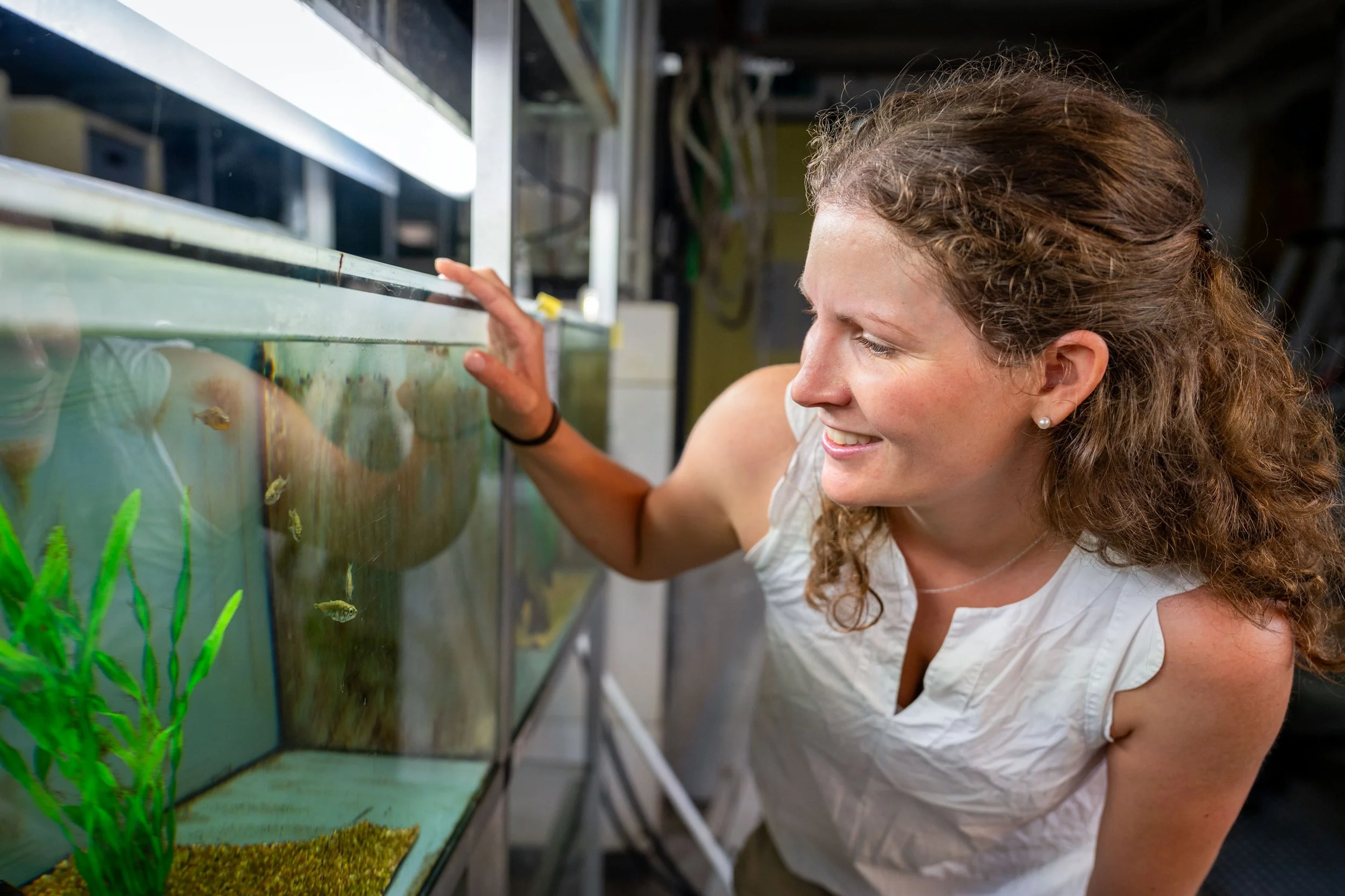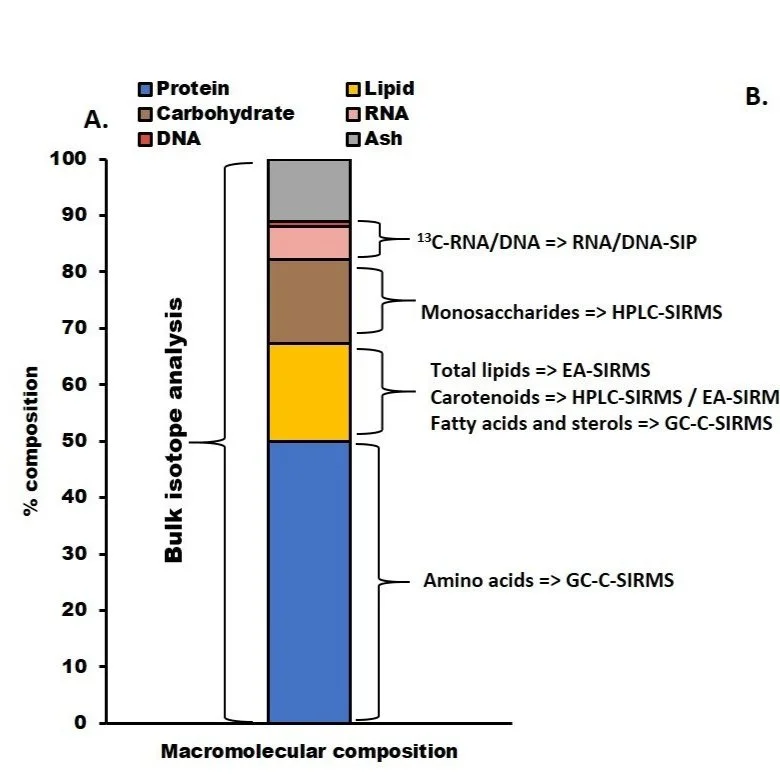Research Themes
My research program focuses on addressing the ways in which animals cope with nutritional challenges from the scales of molecules to ecosystems.
Melinda Thulin / ETH Zürich
N. Schlotz
KEY Research Questions
How are nutrients, especially vital organic compounds like fatty acids, distributed across the landscape? How do different consumers adapt to variation across the nutritional landscape? To what extent do animals rely on internal synthesis (metabolism) versus foraging strategies (behavior) to meet their nutritional needs?
How do nutrients move through food webs and across ecosystem boundaries? How does animal behavior (e.g., emergence location and timing) and metabolism (e.g., synthesis ability) affect the magnitude and quality of nutrient fluxes and subsidies?
How does human land use alter nutritional quality? How does human land use alter the quality and magnitude of nutrient subsidies from animals?
How is climate change altering the quality and phenology of food resources? Are consumers keeping pace with shifts in nutritional phenology or are they encountering novel mismatches?
S. Taipale
tools and methods
Bulk stable isotope analyses (SIA) - I use bulk (i.e., all compounds) stable isotope analyses to ask where animals get most of their energy from and to quantify fluxes of nutrients like carbon and nitrogen within food webs and across ecosystems.
Fatty acid analyses - I use fatty acid analyses to evaluate the fine-scale nutritional composition of food resources.
Compound-specific stable isotope analyses (CSIA) of fatty acids - I use compound-specific stable isotope analyses (GCC-IRMS) of carbon and hydrogen in fatty acids to ask where animals get specific fatty acids from and to trace the movement of fatty acids through food webs and across ecosystems.
Stable isotope-labelled compounds - I use stable isotope-labelled fatty acids (e.g., more heavy carbon atoms) to follow the fates of these compounds within animals, allowing me to ask if animals are capable of synthesizing more complex organic compounds from precursors (via CSIA) as well as relative rates of oxidation and storage (via SIA of carbon dioxide in breath).
Existing long-term and large-scale datasets - I use existing datasets wherever possible to increase the temporal and spatial scale of my inferences. This is especially important when studying global change processes like the effects of climate change on phenology and the timing of life history events or the effects of land use change on biodiversity and ecosystem function.


